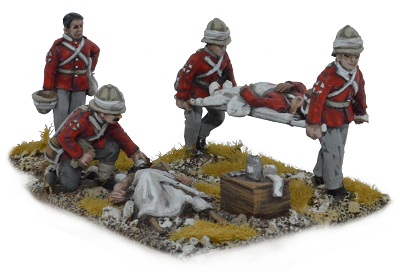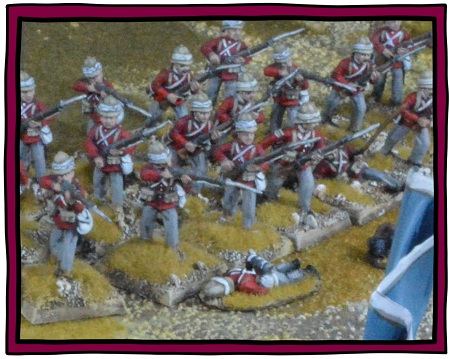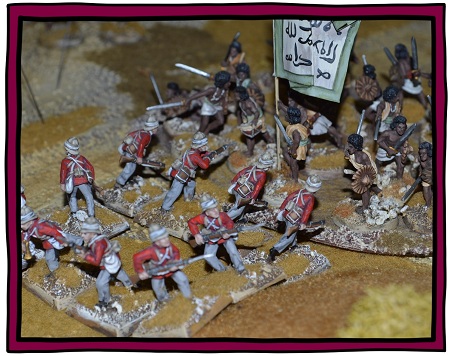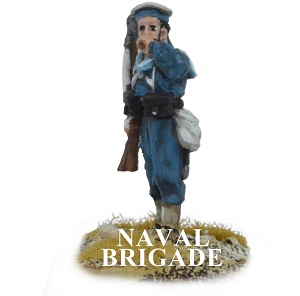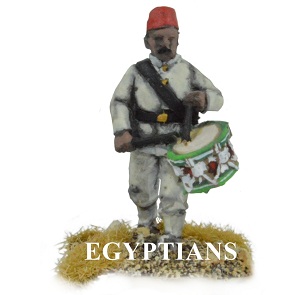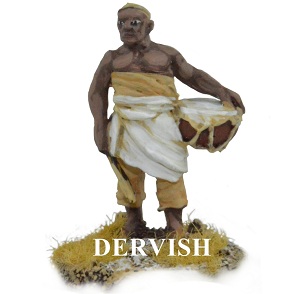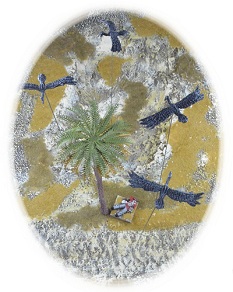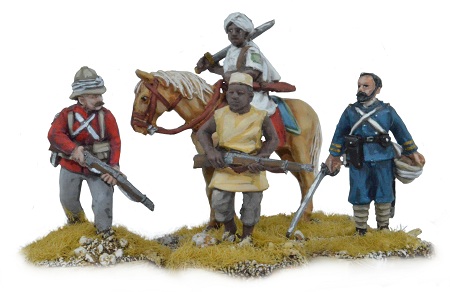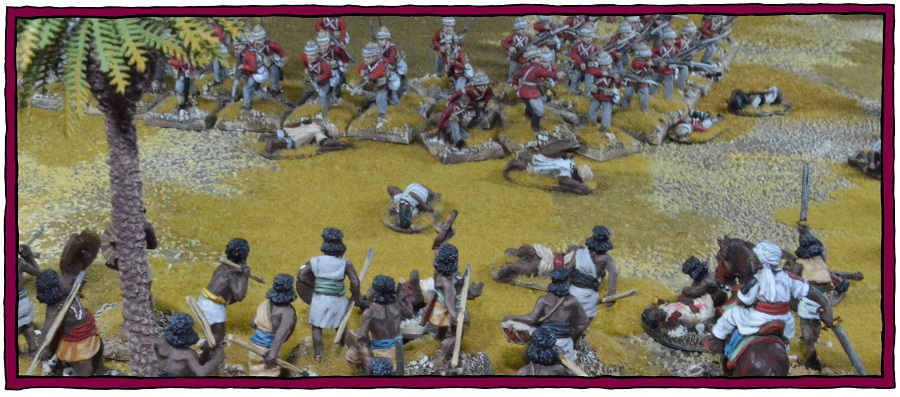
Red Coats in the Sudan
Outside of India, the 1884-85 Sudan campaign was the first time an entire British force was outfitted in khaki. It was also the last place that the famous red coat was worn in battle. On the 30th of December an Anglo-Egyptian force routed the Mahdist army at Ginnis. This Brought an end to the 1885 war but is mainly remembered for being the last time the British army wore their red coats in battle.
Personally I love all those old colonial movies, Four Feathers, Zulu Dawn, Rorke’s Drift and the like. For me the red coat conjures up pictures of vastly out numbered British soldiers behind biscuit boxes and up turned wagons, resolute sergeants shouting “steady men steady” and of course a great angry throng of circling natives. So when it came time to paint my British troops unsurprisingly I opted for the thin red line as opposed to the great khaki smudge.
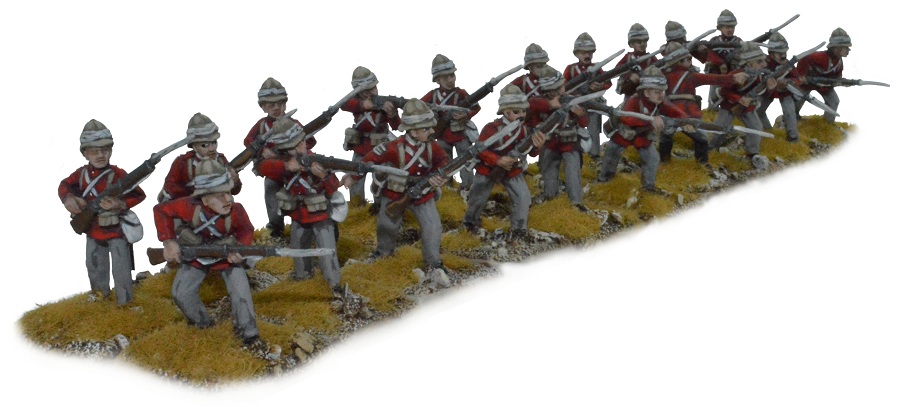
1st & 2nd Infantry Platoons
Both of these units contain eighteen privates, an Officer and NCO. Although only shown here in double line, each platoon is capable of forming any other standard formation you would expect from this era. If you are considering collecting a British Sudan army and would like information on how they dressed, I would recommend checking out the Perry brother’s uniform guide on their web site Uniform link.
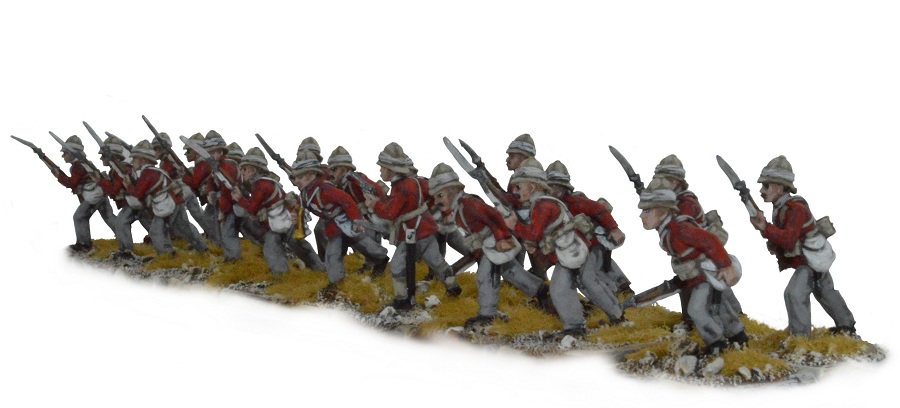
Company Command
A sergeant major and a captain are added as a company command section for every two platoons in a force. Armies that contain two companies (four platoons) add a colonel to their force. All armies consisting of three or more units must appoint one leader as their Commander-in-chief, if he subsequently becomes a casualty then the whole force must make a morale test. .
Army Hospital Corps
These figures serve no purpose game-wise, but they look great on the table.
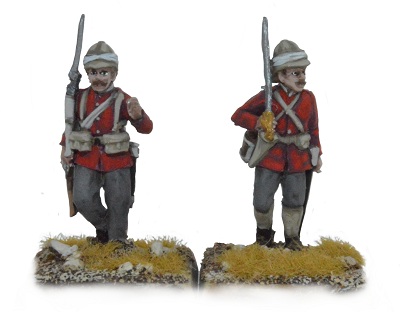
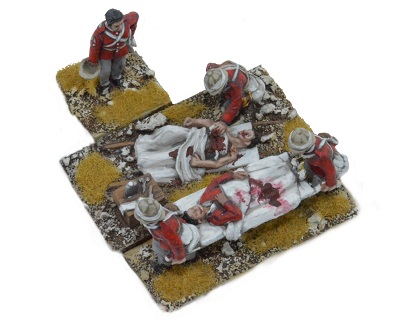
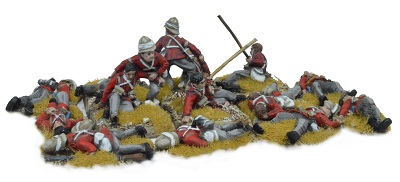
Casualty Figures
Wounded figures play an important part for both the imperial and native forces in this set of rules. Although these wounded could easily be represented with an assortment of markers, aesthetically speaking I prefer the look of casualty figures as opposed to markers. The wounded figures shown here are a mix of Perry and Old Glory miniatures
